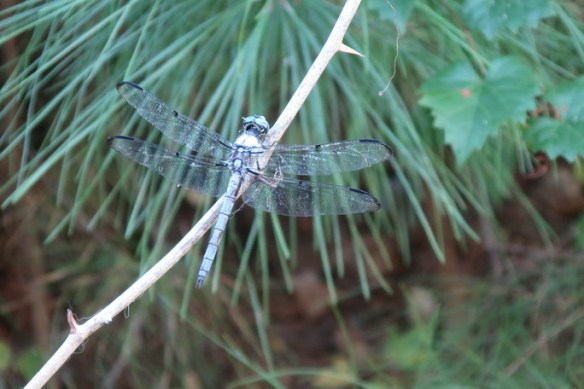There’s no doubt that I’ve been able to manage my concerns during this pandemic, economic crisis and national unrest because of the garden. Every single one of us has been impacted – some far more than others. How we cope has also been a matter of individual circumstances. To find myself with a garden to tend and enjoy has been nothing short of a blessing. A huge blessing.
Spending time in nature is now a scientifically established prescription for ones wellness and wellbeing. To nurture a garden has the added bonus of taking oneself out of ones own headspace to focus on doing, creating and making something beautiful and healthy. That therapy is priceless.
In having the luxury to spend more time than usual in the garden, I’ve reconnected with it in ways that I’d forgotten. In the early years, everything was new and exciting. I was creating a garden from scratch. The learning itself was exhilarating. As my vision was being realized, my other responsibilities and commitments increased. My leisure time in the garden dropped significantly. The chores got done but it became more about efficiency and completion rather than mindfulness and enjoying the process.
With the mandated ‘pause’, I have once again regained the joy and curiosity that gardening permits. Going forward, I’m determined to keep to a schedule that always provides for more hours in the garden than anywhere else. I’m so much better off that way.
One of the most rewarding benefits of hanging out in the garden is observing the other creatures also hanging out with me. The dance of yellow swallowtail butterflies floating gracefully over the meadow before they alight on their respectively chosen flowers. How quickly the butterfly moves away if a bee or wasp gets close.
There is a pair of ruby throated hummingbirds that frequent the feeder at the potager. If I sit in a particular spot under the pergola, I get a very good view of them sipping. The female makes more visits than the male. I find it even more gratifying when I notice them at the flowers in the garden. That’s why I planted them after all.
Something I haven’t yet been able to fathom is the remarkable attraction the agapanthus has for all the different pollinators. More than the lovely native plants in bloom, the pot with the agapanthus bearing large inflorescences of pretty blue flowers is, at any given time humming with bees, butterflies and hummingbird. I wonder if it is the color that has such a draw. At present, it is the only blue amidst a sea of white, pink, yellow, red and orange. Are cool colors preferred? Definitely needs further investigation.
There has been an overall paucity of butterflies this year. I hope this is due to a cyclical process and not a red flag being raised. Fingers crossed.
With this concern in mind, coming upon a mating pair of Monarch butterflies last week made me delirious with joy. I’m really eager to see their caterpillars maraud the milkweed planted just for them.
Thus far, I’ve come across two garden snakes. An urgent, telepathic request for them to have their fill of all the rodent types scurrying around and causing damage above and underground has been sent. Not sure what can be done with the surplus in chipmunks though. They have taken to behaving as if they rule the place. I simply cannot allow that and yet, I don’t know how to stop them. No nasty chemicals permitted of course. Occasionally, there is a neighbor’s cat that prowls through – I sincerely hope it is paying its passage by culling the mice.
The variety of birds that I spy on a daily basis marks my hours as well spent. This past spring, there have been three nests of robins successfully raised. I’ve also noticed fledglings of cardinals, wrens and blue jays. I know there are gold finches, downy and red bellied woodpeckers residing in the trees because I see them foraging freely in the meadow. A red tailed hawk lives somewhere in the area and paid us a visit earlier in the spring. That was an unusual yet remarkable sight.
To share the garden with them and other creatures is this gardener’s wish come true. Because, for all the effort and time I put into it, nothing would work out if not for their part in it. Though, I could do without their gifts of seeds from other parts – a certain porcelain berry trying to invade the meadow comes to mind. Birds will be birds notwithstanding.
Witnessing these natural interactions reminds me of how all living things are closely connected and responsible for maintaining the health of the environment. Their well-being is my well-being. Life is all about balance.
(c) 2020 Shobha Vanchiswar
[do_widget “Blog Subscriptions (Jetpack)”]



































































































